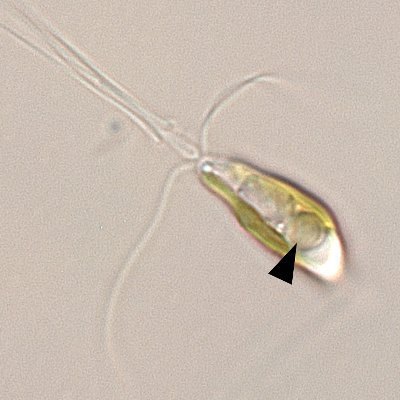Report by Shuchi Giridhar
A certain alga known as Braarudospaera bigelowii has been found that makes use of a certain bacterium called UCYN – A to convert atmospheric nitrogen to usable ammonia. On further research it was found that the bacterium had seemingly merged with the alga and evolved into an organelle. It is the first organelle that fixes nitrogen or nitroplast.
What is endosymbiosis?
Endosymbiosis is a mutually beneficial relationship between two distinct and individual organisms. In such a relationship, they provide each other with shelter, the necessary nutrients and water. An example of this is the relationship between a legume plant and a type of bacteria called rhizobium. In this relationship, the bacteria converts atmospheric nitrogen to compound nitrogen which is used as a source of protein in plants. In return, the legume plant provides it with shelter and nutrients. But usually in an endosymbiotic relationship, both organisms remain separate and rarely merge to form an organelle. That is what makes this discovery special.
Has this happened before?
Yes, it has thrice happened before. The first was when bacteria merged with a simple to form mitochondria, the energy producer. The second was when a cyanobacterium merged with a complex cell to form chloroplast, the organelle that performs photosynthesis. This helped the creation of plants. The third instance is when a cyanobacterium merged with an amoeba about 60 million years later. This formed chromatophore
What have the scientists observed?
They have found that around half of the proteins present in UCYN – A have actually come from the algal host. And a lot of those help the bacterium fix nitrogen. There is also a special system to deliver the proteins to the bacterium. This is interesting. It could help us create a type of nitroplast that can be used instead of nitrogenous fertilizers by farmers.

